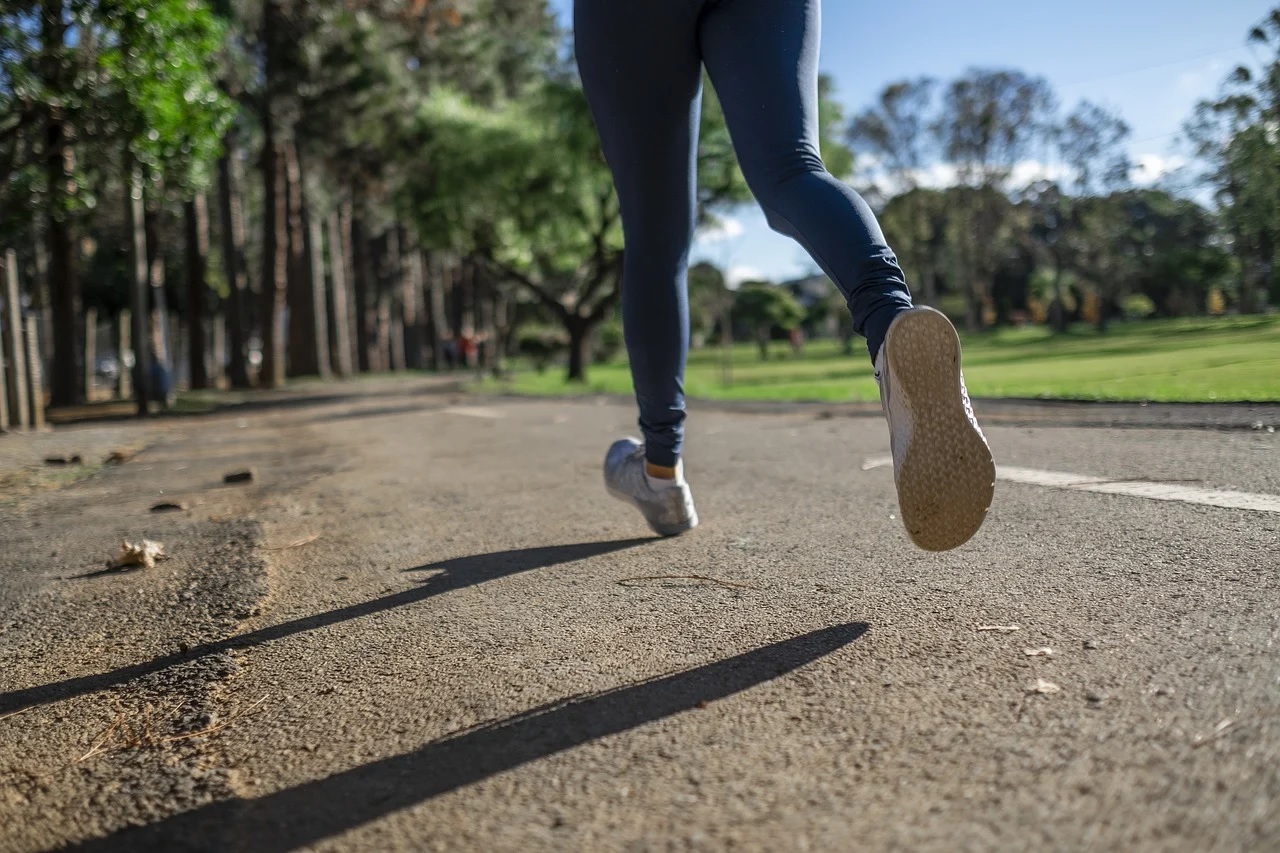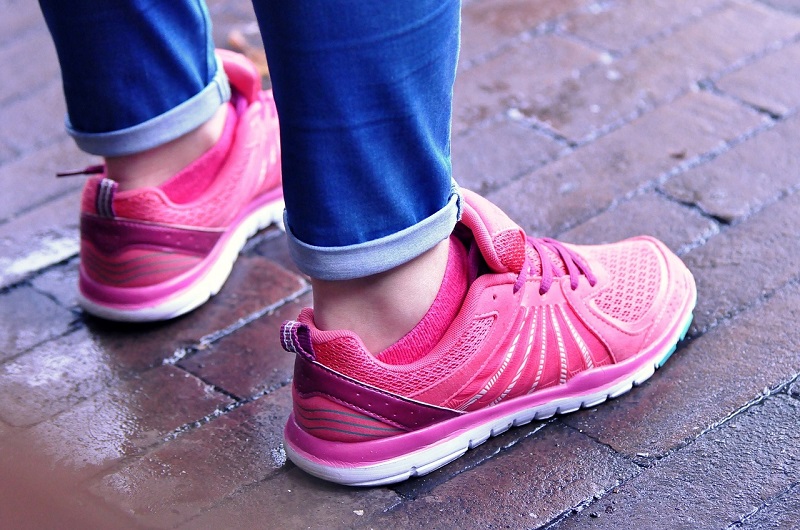
Our Editors independently research, test, and rate what we feel are the best products. We use affiliate links and may receive a small commission on purchases.
So, you’ve decided to take up running – how exciting! Running is one of the best forms of exercise that we can partake in, however, it’s also a sport that requires some knowledge and practice to do it well (in most cases).
We’re here to make sure you get started off on the right foot with some beginner running tips that will make your transition a smooth one. We know you’re eager to get started, so let’s jump right into things!
1. Start with Intervals
If you’re sitting there thinking, “Tomorrow I’m finally going to start running!” then once tomorrow comes you may very likely be feeling overwhelmed. There’s a common misconception that to be a runner means that you should only be running. The good news is, there are no rules.
That means that you can and should start with short running intervals or walk and run. You can do this in a couple different ways. For me, I’ve always started out running for as long as I could, then followed it up by a period of walking until I head back home. Of course, you can do this same method on a treadmill – just walk until you’ve finished up the allotted time you’ve set aside for your workout.
Alternatively, you can go with the more organized interval route, where you run for a shorter period of time and jog or walk for longer periods of time in-between. For example, you could warm up with walking or jogging for 2 minutes and run for 1 minute. These are both great ways to build up your endurance and muscular strength.
2. Wear the Right Clothing
When it comes to running – and just about any physical sport – the right clothing is essential to optimal performance and comfort. Without a doubt, the most important piece of running gear is the running shoe. There are running shoes for any type of foot out there, whether you have high arches, flat feet, overpronate, supinate, etc.
For bottoms, you’ll probably either want a pair of running leggings or shorts – depending on how hot it is outside and your own personal preferences. They each have their own set of pros and cons, so you really can’t go wrong with either one. If you have any doubts about fit and comfort, you should try them out on a home treadmill first if you have one.
3. Stay Hydrated
Even if you don’t feel like drinking water, you need to whenever you’re running. Grab yourself a hydration vest or running belt that lets you carry water bottles in it securely. Beginners tend to favor hydration vests over belts due to how comfortable they are and not having to mess with logistics as much.
Your water should last you throughout your entire run, so make sure you’re not gulping down all of it within a few minutes. This could also cause serious discomfort if you drink too much, too quickly so pace yourself.
4. Select the Best Running Surface
You may have many options when it comes to running surfaces, so let’s take a look at the most common so you can choose which would be ideal for you.
Pavement – Pavement is great if you like running fast, as there’s such a small risk of ankle rolling. However, pavement is very unforgiving and causes a good amount of impact on the joints so if you have vulnerable knees, hips, etc. you may want to minimize pavement runs. Once you start getting proper form down, you can revisit this surface and run more frequently on it.
Sand – Sand is the opposite of pavement in terms of impact. It’s super gentle and cushy on the joints, however, it’s very challenging on the muscles and you’ll need to lift up your knees and feet more to avoid tripping. Sand running should be done gradually, as you can easily overwork calves.
Tartan – This kind of surface is most commonly found in track surfaces and offers an excellent amount of spring and energy return. While it’s overall easy on the joints and easy to run on, it does create a significant amount of stress on the Achilles tendon.
Treadmill – The treadmill can be hard on the joints, depending on the brand and model. It does also mean you should adjust your running form as you won’t need to push off with the feet as much due to the running belt moving on its own.
5. Proper Technique
It’s harder to fix a bad habit than it is to start out running with proper technique right off the bat. Warming up and stretching will help make this process easier as your muscles will have greater mobility and reduced risk of strain.
Place special attention on picking up your heels, driving your knees, swinging your arms, and leaning forward with your chest a bit. Also make sure to keep the core engaged, as it’s the center that everything moves from. If it’s not engaged and solid, then you will also need to focus on training the core to boost strength.
6. Be Slow, Yet Consistent
Running is physically demanding, and you don’t want to burn out or put your body through too much, too soon. Once you feel good running for 20-30 minutes at a simple pace, you’ll want to begin to turn up the intensity.
You can then move up the time of your runs by 10 minutes. So, if you normally run for 20 minutes, you’ll now run for 30. You can also choose to increase the frequency of your runs, adding in an extra day. It’s equally as important to take rest days and really rest. Stretch and be mobile, but make sure you’re not overworking your body.
7. Accountability
These days, there’s just no excuse for not holding yourself accountable with running. You can do so by having a running buddy that will hold you accountable or that you can check in with. If you are going it solo, then grab yourself a training journal/log or download the running app of your choice. For your training log (and certain apps as well) you’ll be able to track your time, distance, how you felt before, how you felt after, and so on.
Summary
Now that you’ve been able to read through all the best beginner tips for running, are you feeling ready to go out there and try it for yourself? Many people think they’re simply not meant to be runners or that they don’t like running, when much of the time it’s just because they haven’t followed these tips. We hope that our guide was able to help you out and put you in the right place. Thanks for tuning in and we’ll see you again soon!




